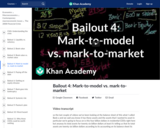
Different ways of accounting for an asset. Mark-to-model vs. mark-to-market. Created by Sal Khan.
- Subject:
- Economics
- Social Science
- Material Type:
- Lesson
- Provider:
- Khan Academy
- Provider Set:
- Khan Academy
- Author:
- Sal Khan
- Date Added:
- 07/27/2021

Different ways of accounting for an asset. Mark-to-model vs. mark-to-market. Created by Sal Khan.
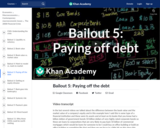
How the bank can liquidate assets to pay off debt that comes due. Created by Sal Khan.
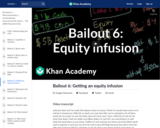
The bank gets bailed out by an equity infusion from a sovereign wealth fund. Created by Sal Khan.
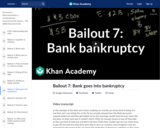
What happens when there is no equity infusion and the bank goes in to bankruptcy. Created by Sal Khan.
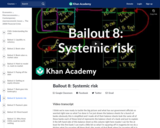
How the banks are connected. What happens when one bank fails. Created by Sal Khan.
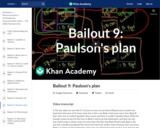
What Paulson wants to do and why I don't like it. Created by Sal Khan.
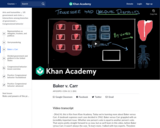
A deep dive into Baker v. Carr, a Supreme Court case concerning equality in voting districts. Decided in 1962, the ruling established the standard of "one person, one vote" and opened the door for the Court to rule on districting cases. In this video, Kim discusses the case with Professor Guy-Uriel Charles and former Solicitor General Theodore Olson.

Baker v. Carr (1962) was a landmark case concerning re-apportionment and redistricting. The United States Supreme Court ruled that federal courts could hear and rule on cases in which plaintiffs allege that re-apportionment plans violate the Equal Protection Clause of the Fourteenth Amendment.
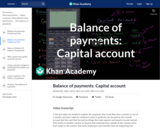
In this video, we explore how changes in foreign ownership of assets affects balance of payments. Created by Sal Khan.
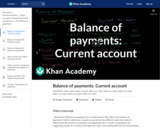
Learn about the balance of payments (BOP) in this video that explores the current account for the United States in 2011. Topics include what is included in the current account balance and what a current account deficit is. Created by Sal Khan.
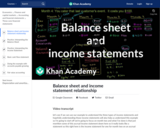
Balance Sheet and Income Statement Relationship. Created by Sal Khan.
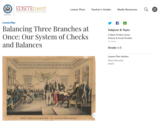
Learn about the checks and balances system of the three branches of the U.S. government.

Explore the mechanics of balloon payment mortgages in this video, including how they work and in what situation a balloon payment loan might be advantageous and when it might work against you.

Tony Sarg was a puppeteer and marionette master who invented the first, larger than life, helium balloons for the annual Macy’s Thanksgiving Day Parade. The resource includes a lesson plan/book card, a design challenge, and copy of a design thinking journal that provide guidance on using the book to inspire students' curiosity for design thinking. Maker Challenges include: (1) Dash/Sphero: Develop a Macy’s Day Parade route using tape on the ground with a partner. Then, switch routes with another group and program the robot of your choice to navigate the parade route using code. (2) Ozobot: Develop a synchronized dance routine for both Ozobots for the stage of the Macy’s day parade using https://ozoblockly.com/editor (3) Create a moveable puppet that will be featured in the Macy’s Day Parade.
A document is included in the resources folder that lists the complete standards-alignment for this book activity.
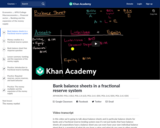
This video breaks down a bank's balance sheet even further by walking through assets, liabilities, equity, required reserves, and excess reserves.
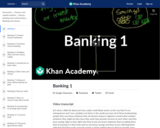
Introduction to how banks make money and the value they (potentially) add to society. Created by Sal Khan.
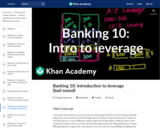
What leverage is. Why it is is good or bad. Leverage and insolvency. Created by Sal Khan.
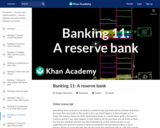
Introduction to the idea of a reserve bank. Created by Sal Khan.
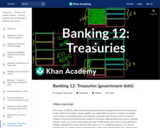
Introduction to government debt and treasuries. What it means when we say that Federal Reserve Notes are issued by the Reserve bank but are an obligation of the Government. Created by Sal Khan.

Tools of the Central Bank to increase the money supply. Created by Sal Khan.